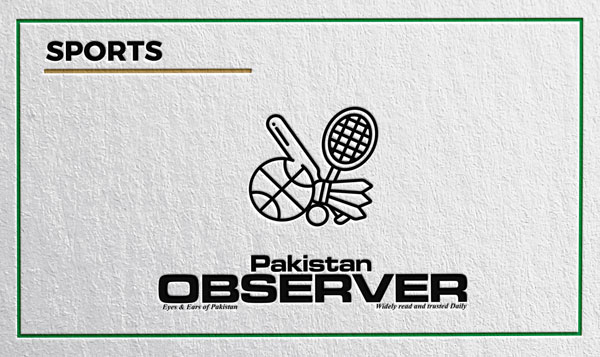A decade before it hosts football’s World Cup, the size of the task facing Saudi Arabia is becoming apparent, includingbuilding stadiums, hotels and transport links.
As the only bidder, Saudi Arabia was anointed host of the 2034 World Cup last October by FIFA.
Infrastructure is the initial concern for the oil-rich kingdom, which is snapping up high-profile sports events in an attempt to sweep away its con-servative image and entice foreign investment.
Despite its oil riches, the world’s biggest crude exporter has much on its plate. It has committed to several other giant projects — including NEOM, a $500 billion, futuristic new city — as part of de facto ruler Crown Prince Mohammed bin Salman’s ambitious Vision 2030 economic diversification plan.
To host the 48-team World Cup, the country needs 14 all-seater stadiums capable of holding at least 40,000 people, according to the bid document.
It currently has two: Jeddah’s King Abdullah Sports City Stadium and Riyadh’s venerable King Fahd International Stadium, which is undergoing a major refit.
Saudi Arabia has a well-established and popular football league but among its 30-plus stadiums, many are old, small and have pitches surrounded by athletics tracks, a design that has long gone out of vogue.
“We still have 10 full years ahead of us that will see the state of stadiums in Saudi Arabia change radically,” a Saudi Football Federation official told AFP.
“It is a huge challenge, but we will overcome it,” the official said on condition of anonymity, because he was not authorised to speak to media.
By the time the World Cup kicks off, the desert country of 32 million will have hosted the 2027 Asian Cup and even the 2029 Asian Winter Games, a decision that was panned by environmentalists.
In 2034, the same year as the World Cup, Ri-yadh will host the Asian Games — a two-week tournament with more events than the Summer Olympics and a similar number of athletes.
Saudi Arabia, where alcohol is banned, became the sole bidders for 2034 a year after gas-wealthy neighbour Qatar hosted the Middle East’s first World Cup at an eye-watering cost of $220 billion, including related infrastructure.
The Saudis, frequently accused of “sportswashing”, can expect the same criticism over women’s rights, laws against homosexuality and migrant labour that was faced by Qatari organisers.—AFP










